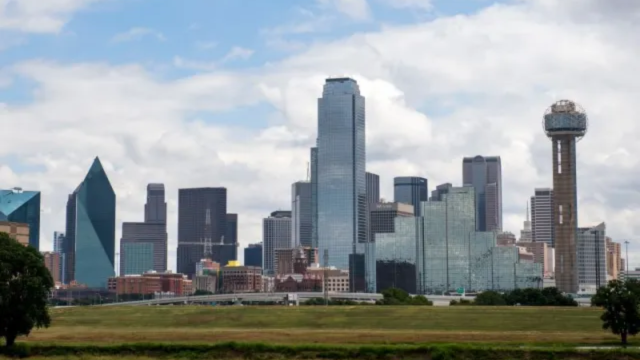The state of Texas passed a law prohibiting the use of red-light cameras across the entire state in 2019, which sparked ongoing discussions regarding the appropriate balance between public safety, private privacy, and municipal revenue. As of the year 2025, the repercussions of this choice are still manifesting themselves across the entirety of the state.
Brief history
In the state of Texas, red-light cameras were originally installed with the purpose of reducing the number of drivers who run red lights, hence improving overall road safety. Due to the fact that these automated systems were able to take photos of automobiles that were breaching traffic signals, citations were sent out to the registered owners of those vehicles. The proponents of these cameras said that they lessened the number of accidents that occurred at intersections and offered a means of enforcement that was consistent.
Initiatives in Legislation
House Bill 1631, which prohibits the use of photographic traffic signal enforcement devices across the state of Texas, was signed into law by Governor Greg Abbott on June 2, 2019. Concerns about accuracy and privacy, as well as the notion that the major role of these cameras was to generate cash rather than to ensure public safety, were the driving forces behind the establishment of this legislation. The law permitted towns that had pre-existing contracts that were established prior to May 7, 2019, to continue running their systems until the expiration of the contract, provided that the agreements did not contain stipulations that permitted termination in the event of a statewide ban.
Controversy Regarding the Efficiency and Security of the
The effectiveness of red-light cameras has been the subject of research, and the findings have been mixed. According to a research that was conducted in 2011 by the Texas Transportation Institute, junctions that were fitted with red-light cameras saw a reduction of 25% in the number of accidents that were caused by red lights and a drop of more than 30% in the number of collisions that occurred at right angles.
However, a report that was published by the office of Governor Abbott referred to a study that was conducted by Case Western Reserve University. The study indicated that although there was a decrease in T-bone incidents, there was a 28% increase in rear-end collisions as a result of drivers suddenly braking in an attempt to avoid infractions.
Repercussions on the finances
Several localities in Texas experienced major financial ramifications as a result of the ban. During the 2017 fiscal year, the state’s trauma care system received a contribution of $18.3 million from the fines collected by red-light cameras. Over the course of the succeeding two years, it was anticipated that the prohibition would result in a reduction of funding for trauma centers of $28 million. Several cities, including Dallas, projected that the elimination of red-light camera programs would result in yearly losses of around $2.4 million respectively.
Emotions of the Public and Concerns Regarding Privacy
The decision to prohibit the use of red-light cameras was heavily influenced by the voices of the general public. Some people believed that these systems violated people’s right to personal privacy and that their primary purpose was to earn cash rather than to contribute to increased safety. Opposition was exacerbated by instances in which fines were issued for minor offenses, as well as questions regarding the accuracy of automated enforcement. In particular, conservatives affiliated with the Tea Party ran campaigns against the cameras, which resulted in prohibitions being implemented in areas such as Arlington as early as 2015.
Considerations for the Future and the Current Situation
In Texas, red-light cameras will continue to be illegal as of the year 2025. In response to the prohibition, ongoing conversations have taken place regarding alternate approaches to enhance the safety of intersections without sacrificing the rights of individuals or relying on automated enforcement practices. Other tactics, such as greater police presence, public awareness campaigns, and engineering solutions, such as improved signal timing and intersection design, are being investigated by municipalities as potential answers.
The circumstances that occurred in Texas shed light on the intricate relationship that exists between technology, governance, and public trust. Texas serves as a case study for other states to consider when evaluating their approaches to traffic enforcement since it is a state that successfully strikes a balance between the goals of safety and concerns over privacy and revenue creation.




